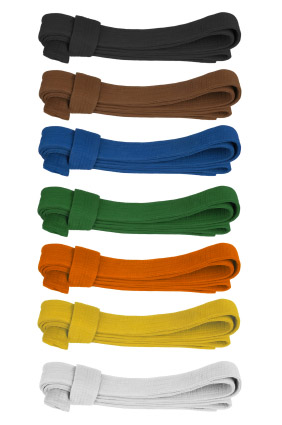Winnie the Pooh was always getting stuck while reaching for honey pots. Po, from Kung Fu Panda, was known for finding creative ways to reach hidden cookie jars. In modern times, couch potatoes often stretch (sometimes unsuccessfully) for the TV remote that’s just out of reach. The common thread? Reaching for something that’s not quite accessible.
In martial arts, especially in systems like Kempo, the lesson is clear: don’t reach—adjust.
Our curriculum includes techniques with specific movements and target zones. For example, a hypothetical technique called “H” may begin with a strike to the temple, followed by a strike to the floating ribs. But then comes the inevitable—and in this case, valid—student question:
“What if the opponent is much taller or shorter than I am? What if I can’t reach the target as I was taught?”
Choose a New Target
If your original target is out of reach, don’t force it. Instead, select a closer, equally effective target. From our example, if striking the temple is not feasible, you might adjust downward to the jaw hinge, the neck, or even the collarbone or upper ribs. The correct answer isn’t rigid adherence—it’s strategic adaptation. Hit what’s in range and what will get the job done.
Don’t Reach for a Target
The biggest mistake students make is compromising balance and position to reach a target. Never sacrifice your structure just to land the “textbook” strike. Leaning too far, twisting awkwardly, or overextending your arms can throw off your balance and leave you vulnerable. Instead, remain in control. Use additional strikes to manipulate your opponent’s position—like a low kick to the knee—to create new openings higher up.
Choose a Target That Brings the Fight to You
Every attacker’s body is different, and so is every encounter. Kempo teaches adaptability through flowing techniques—not rigid formulas. The goal is to respond to the opponent’s shape and position as they are, not as you wish them to be. When you strike lower targets, you can often force an opponent to adjust—bringing the original target back into range. Techniques aren’t laws—they’re principles designed to teach movement, timing, and target prioritization.
Just Hit Something
In high-stress situations, simplicity is strength. Don’t overthink or fixate on “correct” targets. Just hit something close and follow up. Reaction time matters more than perfection. Striking quickly and efficiently to whatever target is available allows you to maintain the upper hand.
Adaptability Is the Real Skill
Martial arts isn’t about hitting the perfect target every time—it’s about responding effectively, adapting fluidly, and maintaining control. When you adjust your mindset from chasing ideal targets to striking available ones, your effectiveness increases dramatically. Remember: a good technique isn’t about where it lands, but how and when.
Tell me about your experience. Have you found better alternate targets during your training? What adjustments have helped you become more effective in real-life or sparring scenarios?
Let’s continue the conversation—adaptability makes us all better martial artists.



